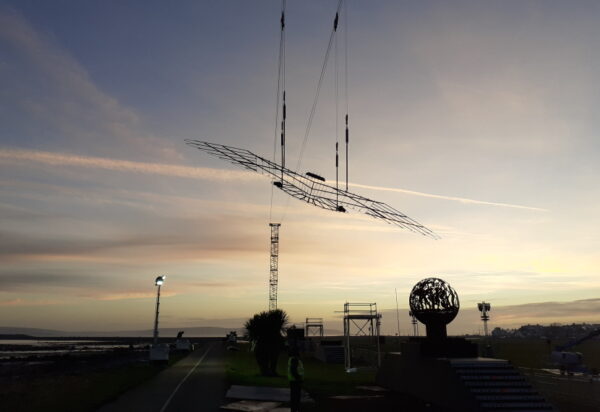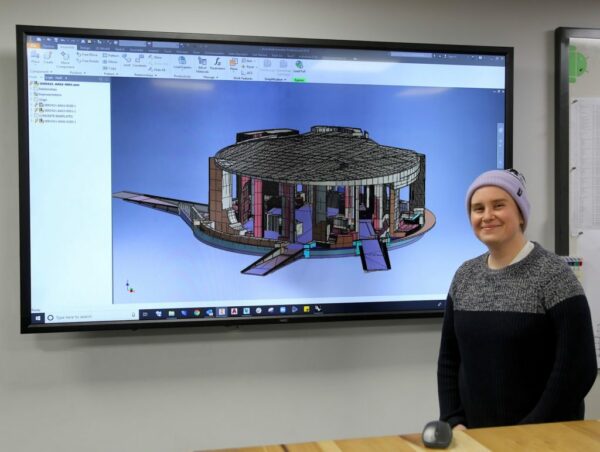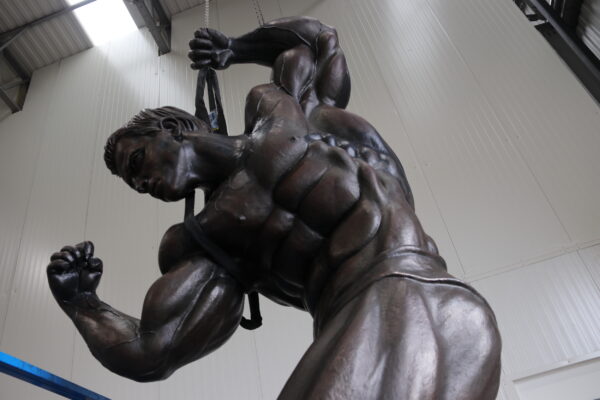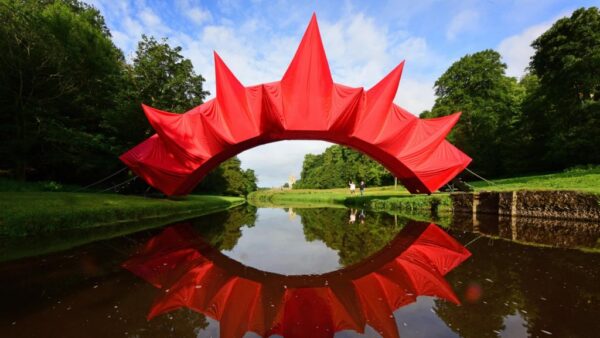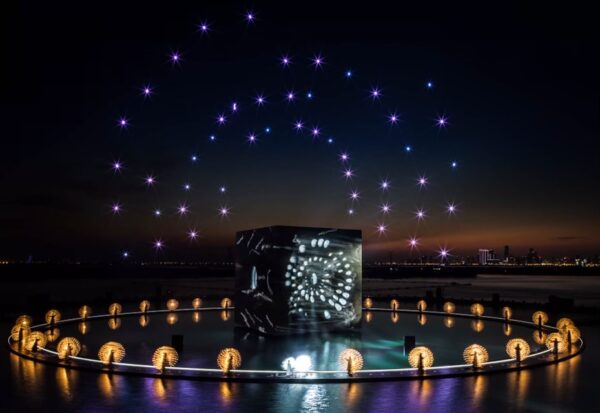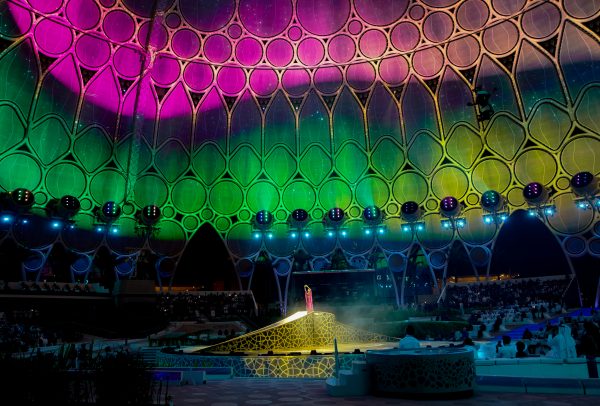
On the 30th of September 2021, Expo Dubai 2020 got its start. Opening to a ceremony with a cast of hundreds and an audience of millions, it was also the start to a full six months of daily shows. Over 100 shows imagined by creatives from all over the world.
Our work there has allowed different countries, companies, and creatives to create an international showcase. But there’s one very important detail in all this.
And that piece of detail is, during the time we were building and installing our stage engineering, we didn’t exactly know how it was going to be used. Actually we knew one thing – at the opening ceremony, a planet would rise from the floor. But the details were scant.
Expo is about how the world can step into the future. So our guiding light became doing justice to that level of ambition
Aside from that, the 100+ shows we’d help host, simply didn’t exist yet. Which makes it difficult to make decisions on the work you’re building. And leaves you with a lot of questions. Like, what are the expected payloads? What’s the duty cycle? How much re-programming will be needed?
No one really had the answers.
And remember, Expo is about how the world can step into the future. So our guiding light became doing justice to that level of ambition, the Al Wasl Plaza had to be capable of delivering shows that were world-leading in their execution.
Which is a challenging proposition when you think about. It would have been exceptionally easy to get this wrong.
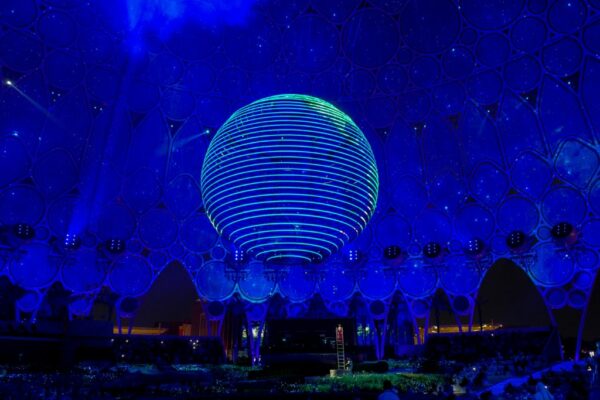
Which leads to quite a simple question, how did we get it right?
Well, when you approach something like this, you have to understand the role you play in the event. To be clear, many different firms are involved in delivering a project of this scale. It’s just that our bit happened to be front and centre.
We understood our role very clearly at Expo. We would help enable and deliver the creative vision of the show producers. It’s that simple.
Simple however, does not mean easy.
From that point we turned to the engineering challenge. A different show every day with some very high-profile, calendar driven events thrown in for good measure (think Golden Jubilee, Christmas etc). So, to an extent, we were actually building a theatre not a specific show. And when you look at the problem from that perspective, suddenly your choices become a lot clearer.
Together with Wonder Works we started to scope out the essential elements. In the end, we created the central stage (plus its surrounding revolve), stage traps, an automated handrail, a flying system, and lighting masts for Expo’s central hub, the Al Wasl Plaza.
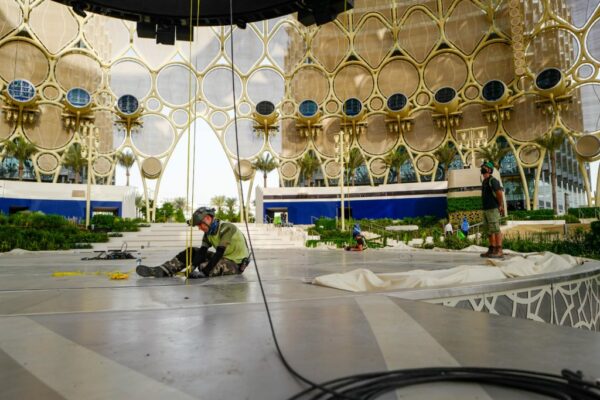
Designing and building for intense wear and tear every day is an interesting problem. We are used to solving problems, we do it every day. But finding and solving problems that might or might not exist in six months’ time is a different game.
It becomes a balancing act of material performance and creative flexibility. For example, it’s difficult to gauge wear and tear. Is it going to be ten performers a day or a hundred performers a day? What level do you build to? What can be afforded? What does the given time allow you to build? Do our decisions impact upon the creative options?
Fortunately, our teams come with a lot of experience, hands-on experience at that. And our experience tells us, that every now and again, a little over-engineering can help. Like the stage traps we installed, which were specified to be used just once during the opening show. But they quickly became something that show producers wanted to use repeatedly.
They weren’t necessarily designed for that, but we built them to such a level of quality, that they could be used in that everyday capacity reliably. So as far as the creatives were concerned, they were free to run the shows as they please.
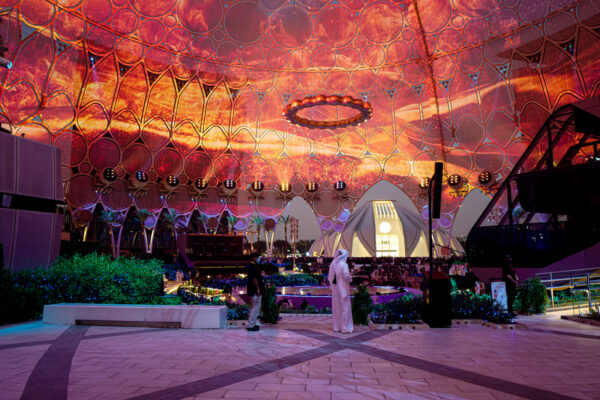
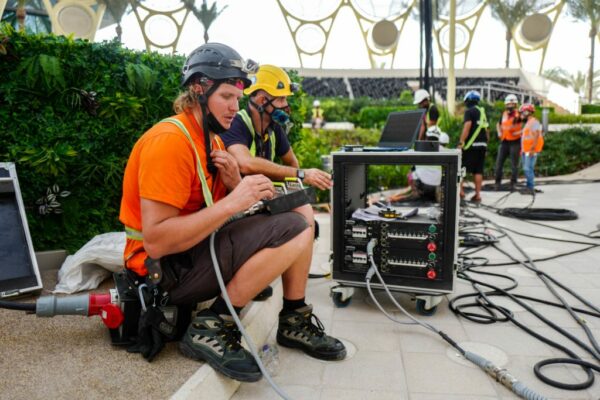
The same principle applies to our Qmotion flying system. Which has been used in all over the world, including Olympic Game Opening Ceremonies, and all that experience is reflected in the flexibility and reliability of the Qmotion software.
And it’s that proprietary software, that means when someone wants to have an astronaut pirouette in the sky or falcon to fly around the stage, we can do it. No problem.
Which from a creative point of view, is fantastic. The flip side of that, is that our installation may need to work and look differently from one show to the next. It was clear there would be an almost daily change in the configurations of the staging
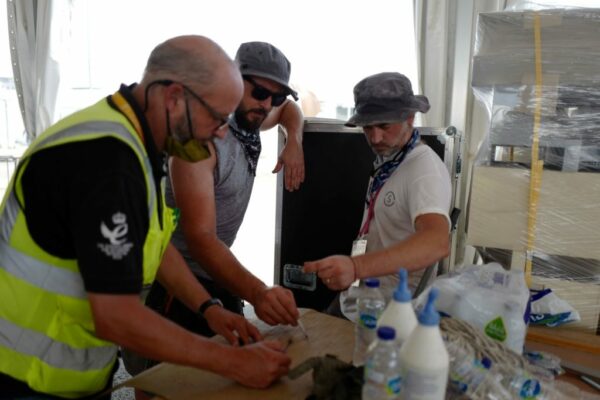
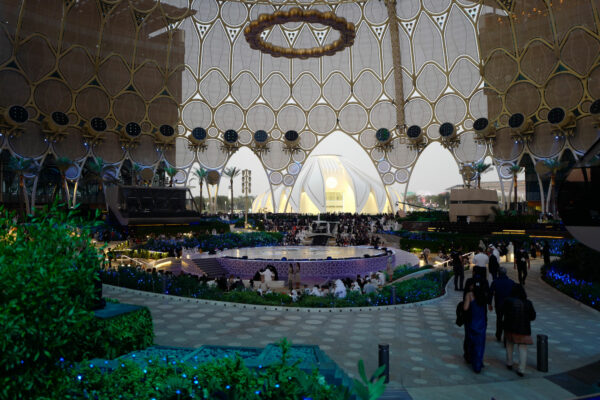
Which leads us to something that Stage One can do that not many others can. Because we manufactured the staging, have plenty of stage-engineering experience, and a vast team of committed people, we could offer 24-hour support. That meant that Expo had access to round the clock expertise and operation. This is the crucial part that made sure all our engineering could deliver on the creative ideas of show producers.
Even if it was midnight and things needed to change. Stage One was there to make it happen. And that, is how you build for performances, when you don’t actually know what the performances are. The blend of engineering and determination, that typifies Stage One.
